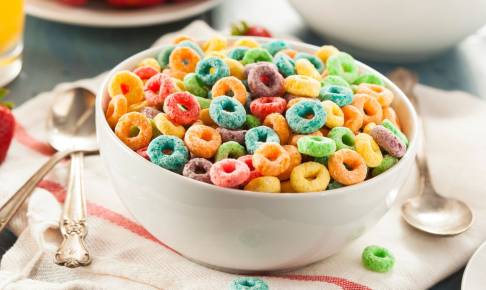44-year-old EU rules on FCMs under re-evaluation (Part 2)
This article provides an overview of the most significant Chemicals Strategy for Sustainability (CSS) and Farm to Fork (F2F) strategy updates that may be included in new European Union (EU) Food Contact Material (FCM) regulations. Part 1 of this article described and discussed the current EU regulatory framework of FCMs and set the stage for Part 2, which will discuss possible future changes in the EU FCM legislation. It may be helpful to refer to Table 1 in Part 1 of this article.
A shift from specific substances to final materials
The revised FCM legislation is expected to shift the focus from chemical substance safety to the full characteristics of all final materials and articles. Good manufacturing practice (GMP) regulations will be strengthened alongside FCM legislation in an effort to reduce the complexity of the packaging materials, including the number of materials and polymers used today.
The Chemicals Strategy for Sustainability (CSS) outlines a ban of the most harmful chemicals in consumer products, including FCMs
The CSS outlines a ban and eventual phase-out of the most harmful non-essential chemicals in consumer products. The most harmful chemicals will only be allowed in consumer products if their use is essential for society and no alternatives are available. The CSS states that generic risk management practices will ensure that FCMs will be among the consumer products free from substances that cause cancers or mutations, affect reproductive and endocrine systems, or persistent and bioaccumulate. The CSS further states that this approach could be extended in the future to substances exerting other adverse effects. The question of whether FCMs are essential for society remains.
The most harmful chemicals will only be allowed [...] if their use is essential for society and no alternatives are available.Ideally, the new FCM legislation will consider all substances, including non-intentionally added substances and combinations of substances that may pose a health risk to consumers. A tiered approach to prioritise the assessment of these substances will be used. The most harmful chemicals (carcinogenic, mutagenic and reprotoxic substances (CMRs); endocrine disruptors (EDs); and persistent, bioaccumulative, and toxic substances (PBT and vPvBs) will be in the first tier, and the other specific substances (e.g. nano-forms) will be in the second tier. The official EU risk assessment bodies ECHA and EFSA will conduct the assessments for these substances, while third-tier substances will be self-assessed by business operators. Third-tier substances and those that migrate at low levels are of the least concern. A generic approach based on the hazardous properties (e.g. carcinogenicity) will be used to prioritise the substances, with certain defined exceptions. These exceptions may include FCMs, if they are considered essential.
Chemicals to be assessed as groups
The CSS also groups chemicals with similar properties (hazard, structure, risk, and/or function) to assess them rather than regulating them one-by-one. For example, groups of chemicals with similar hazardous pro
Download content now





















